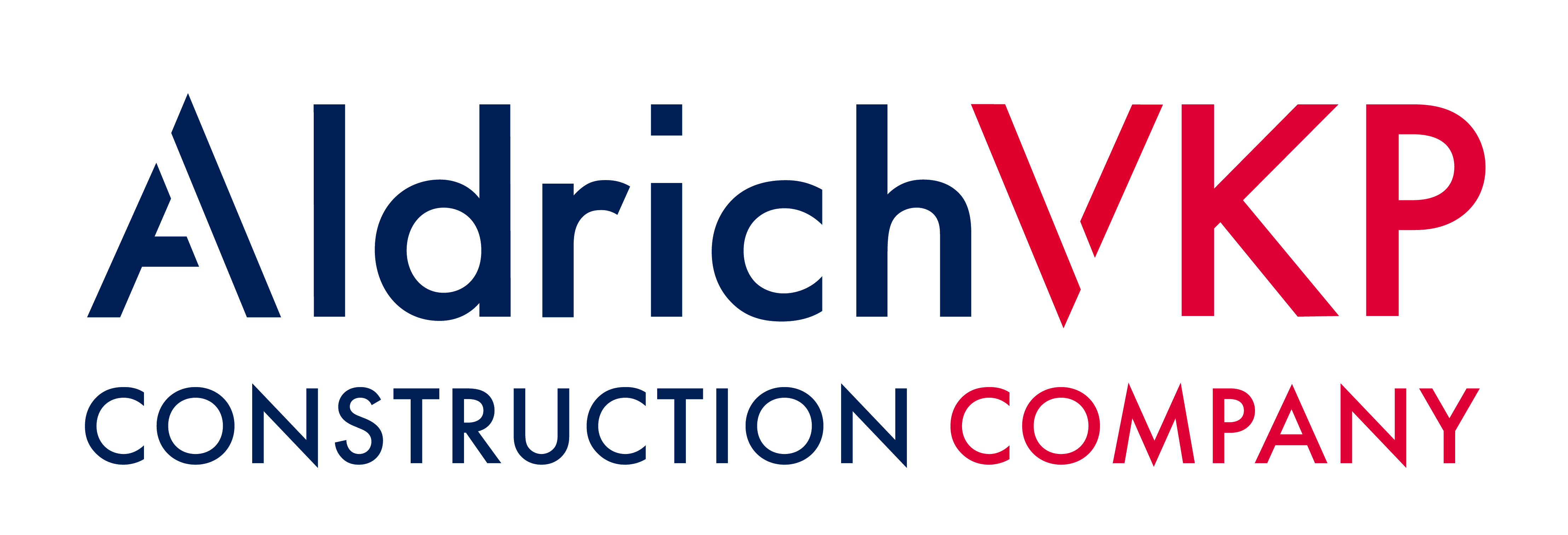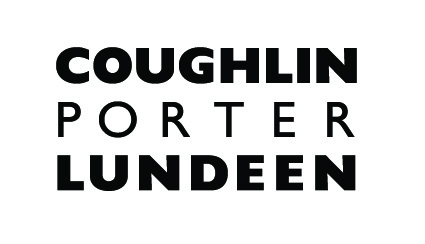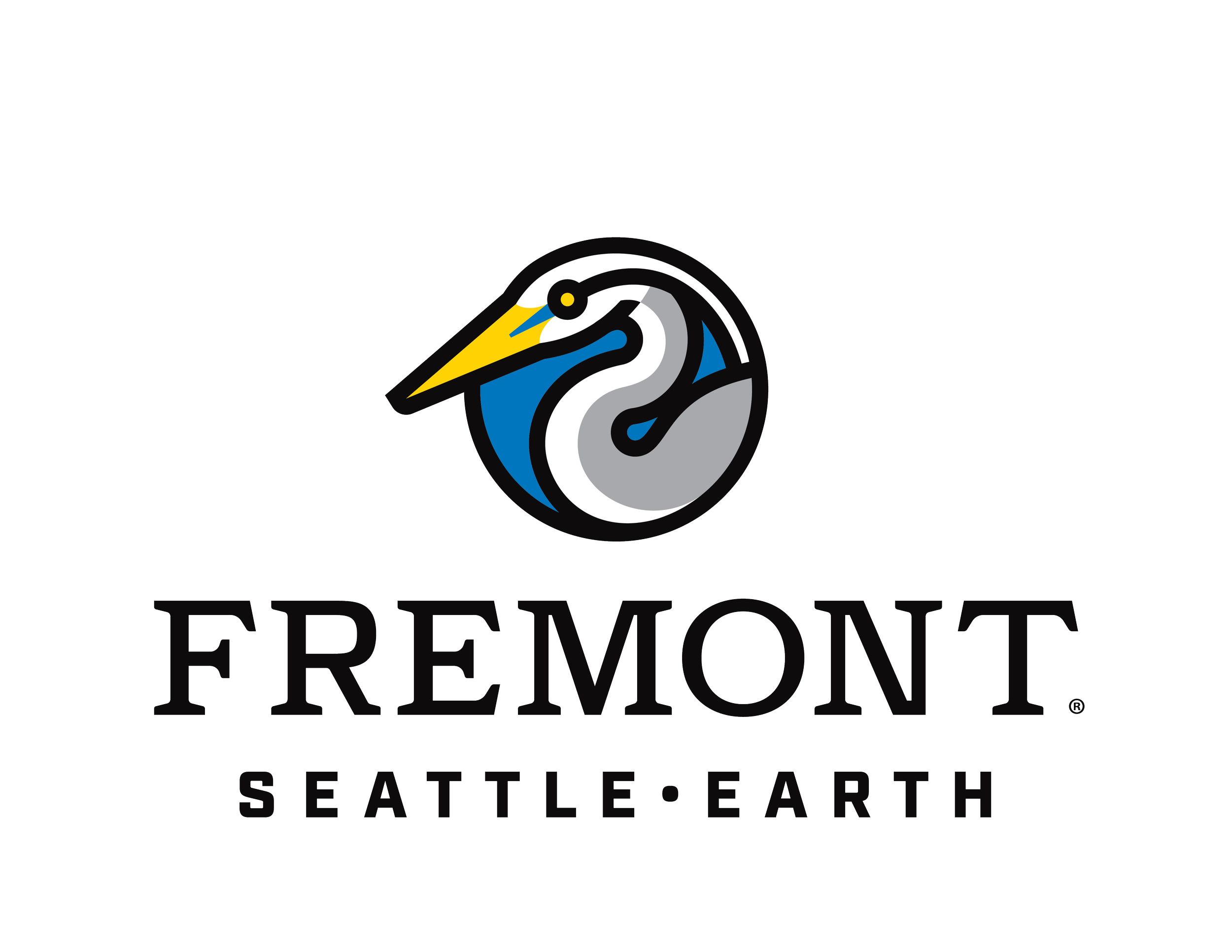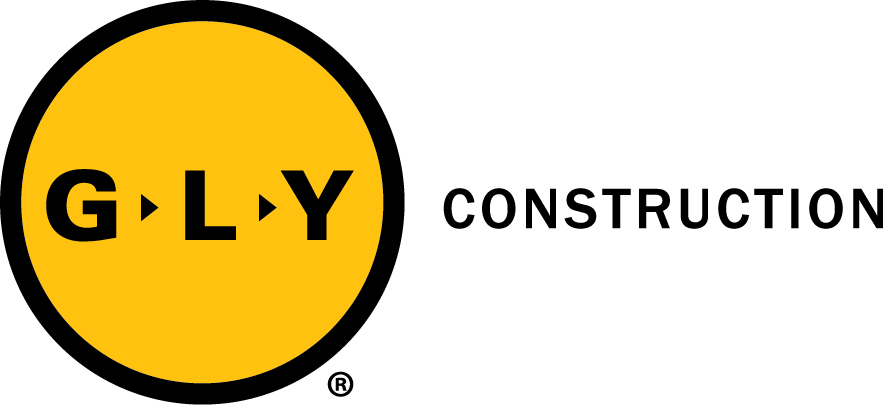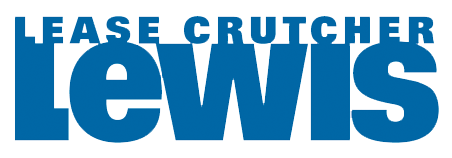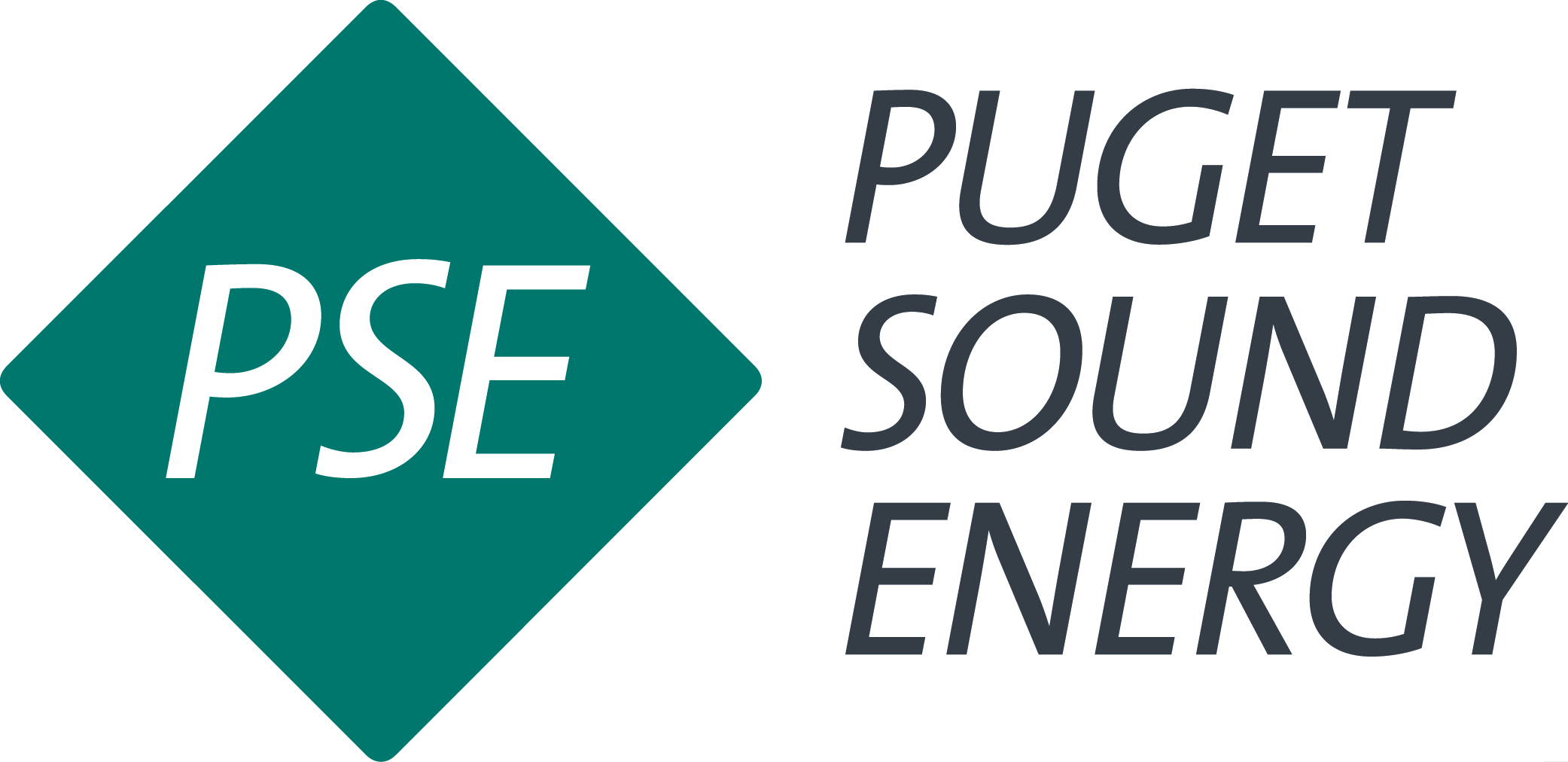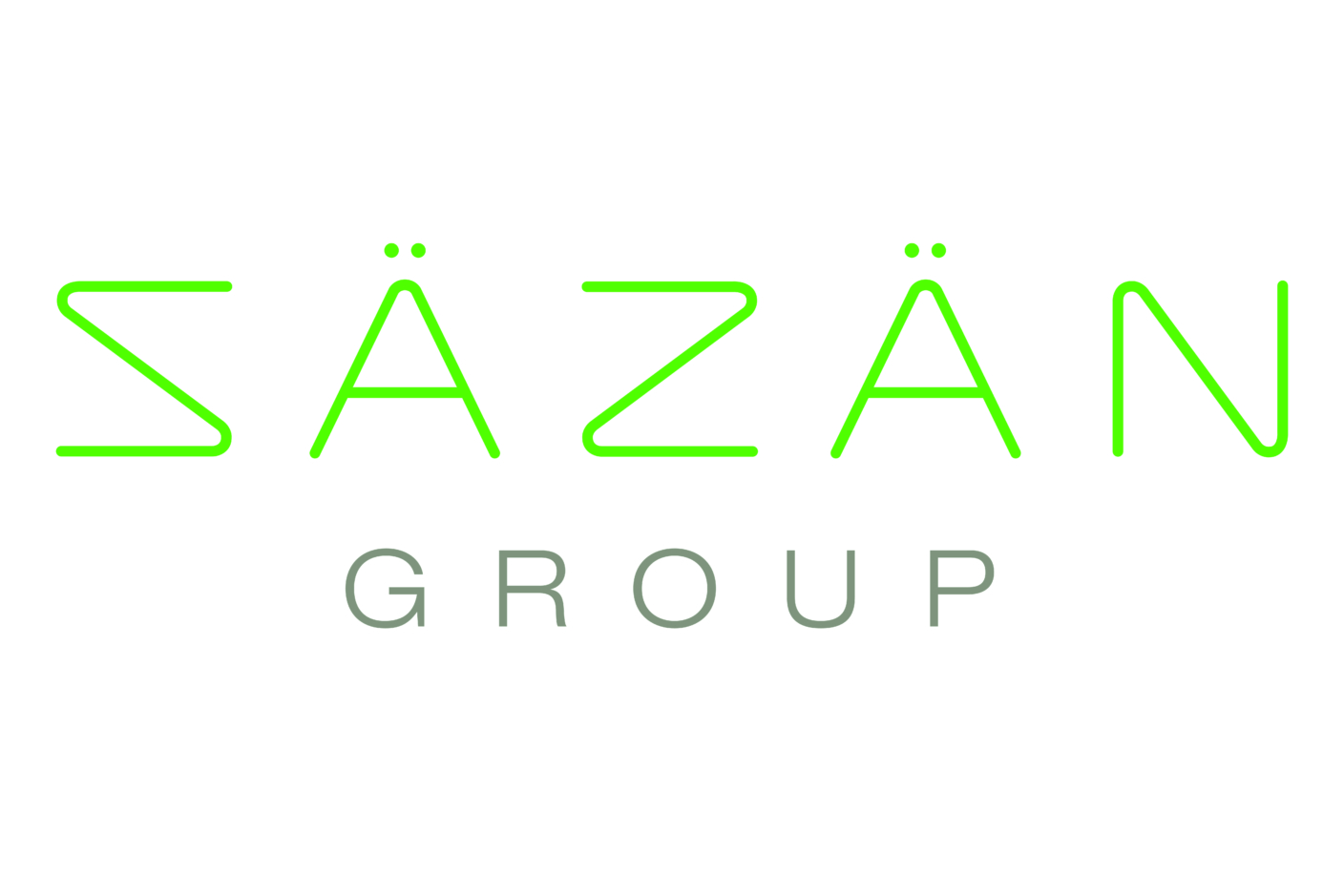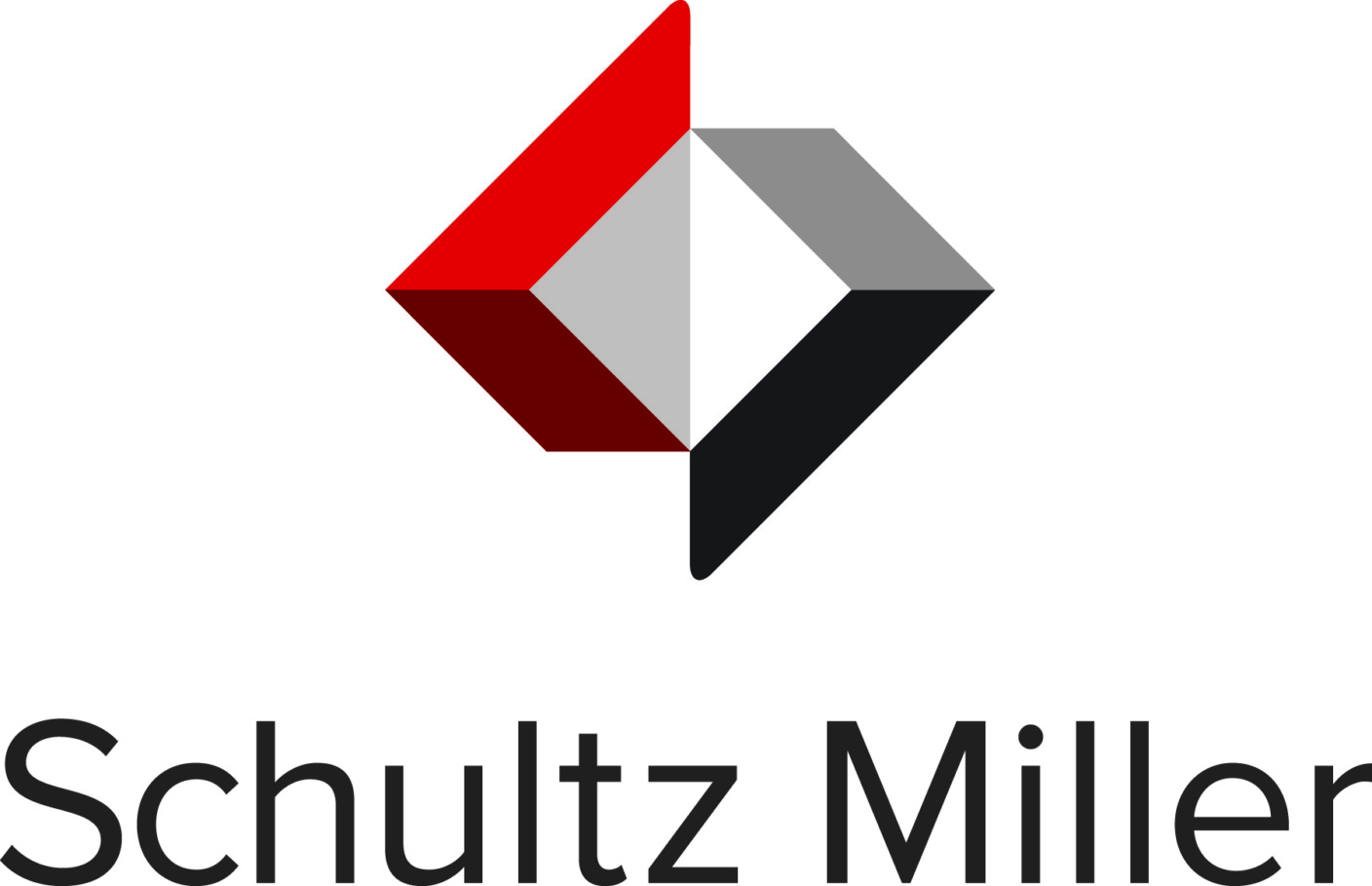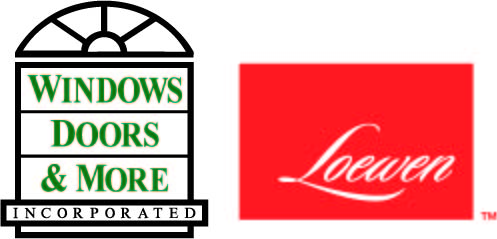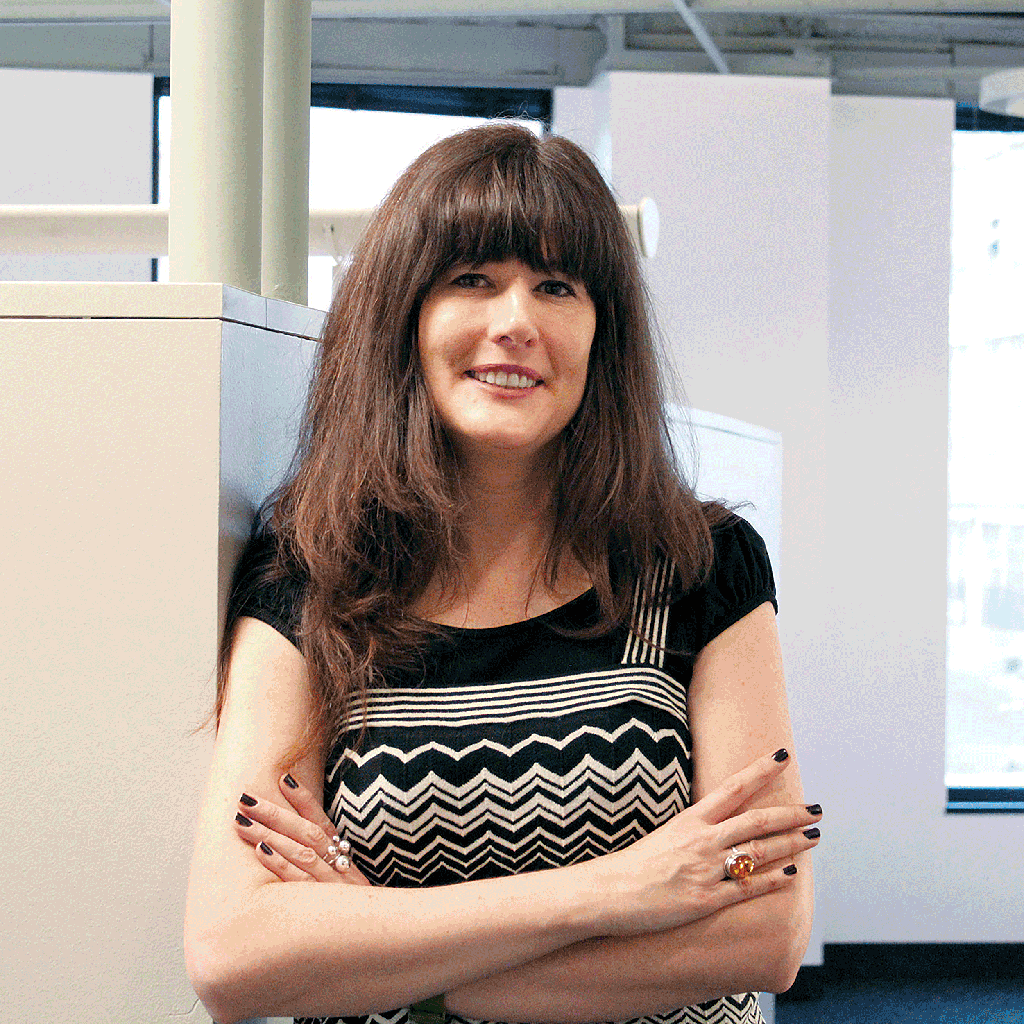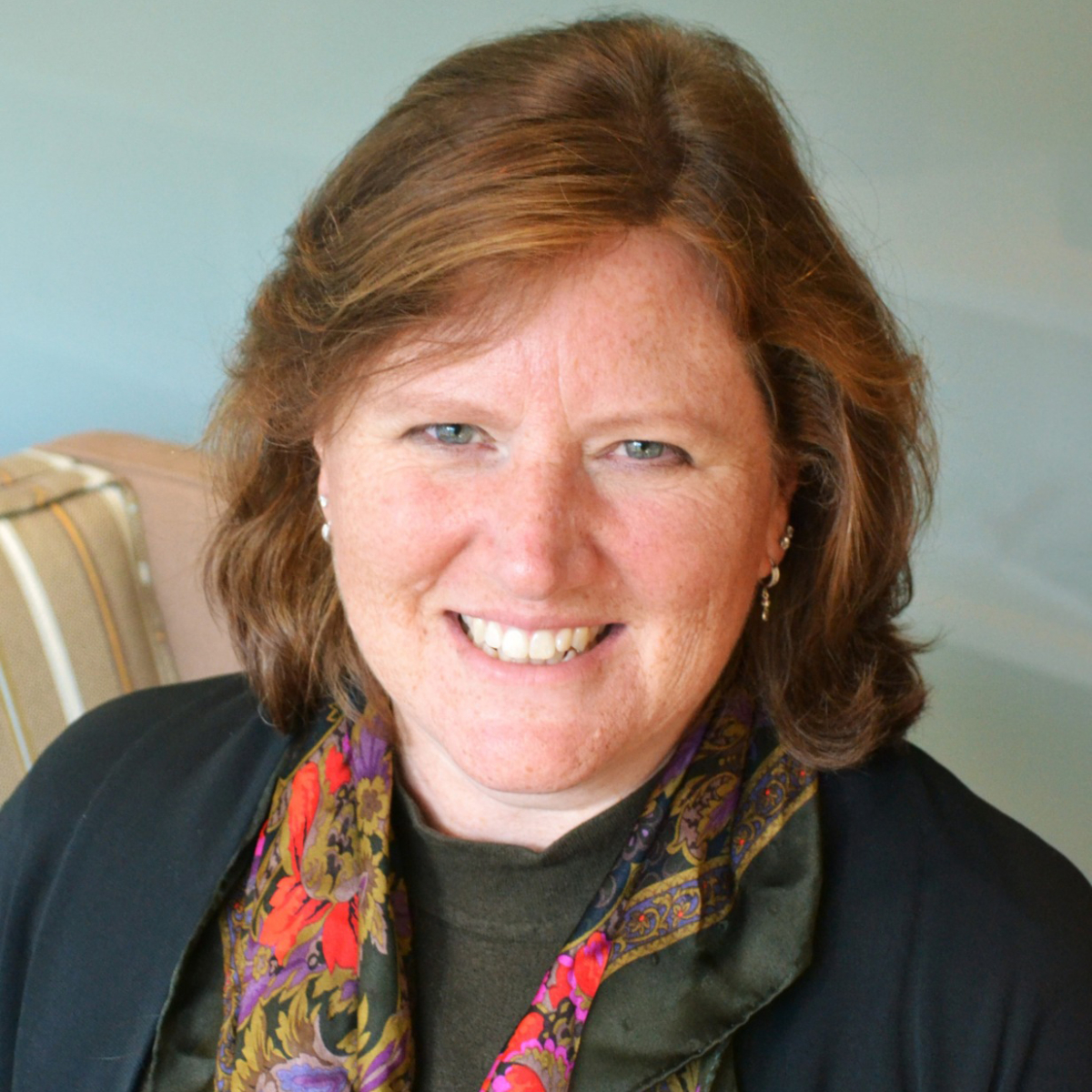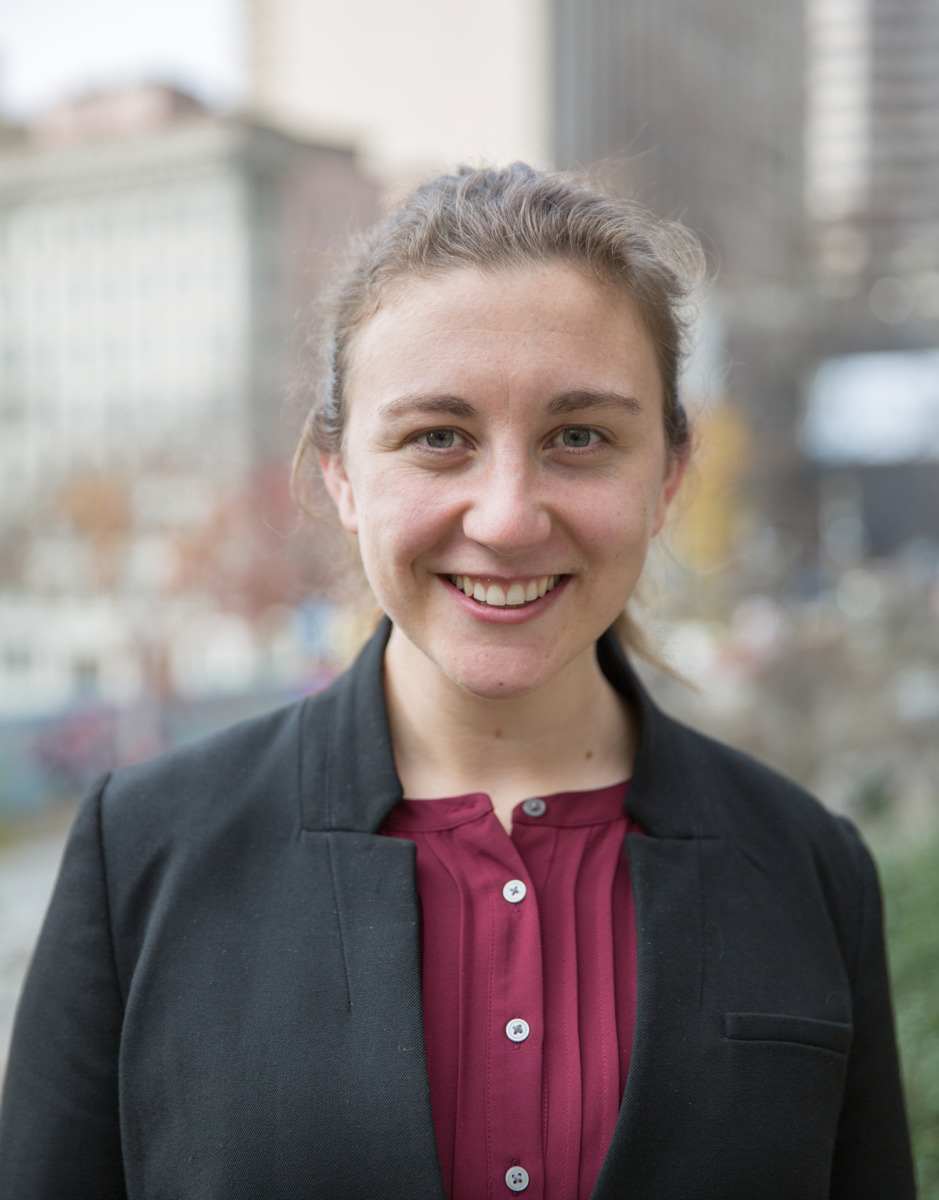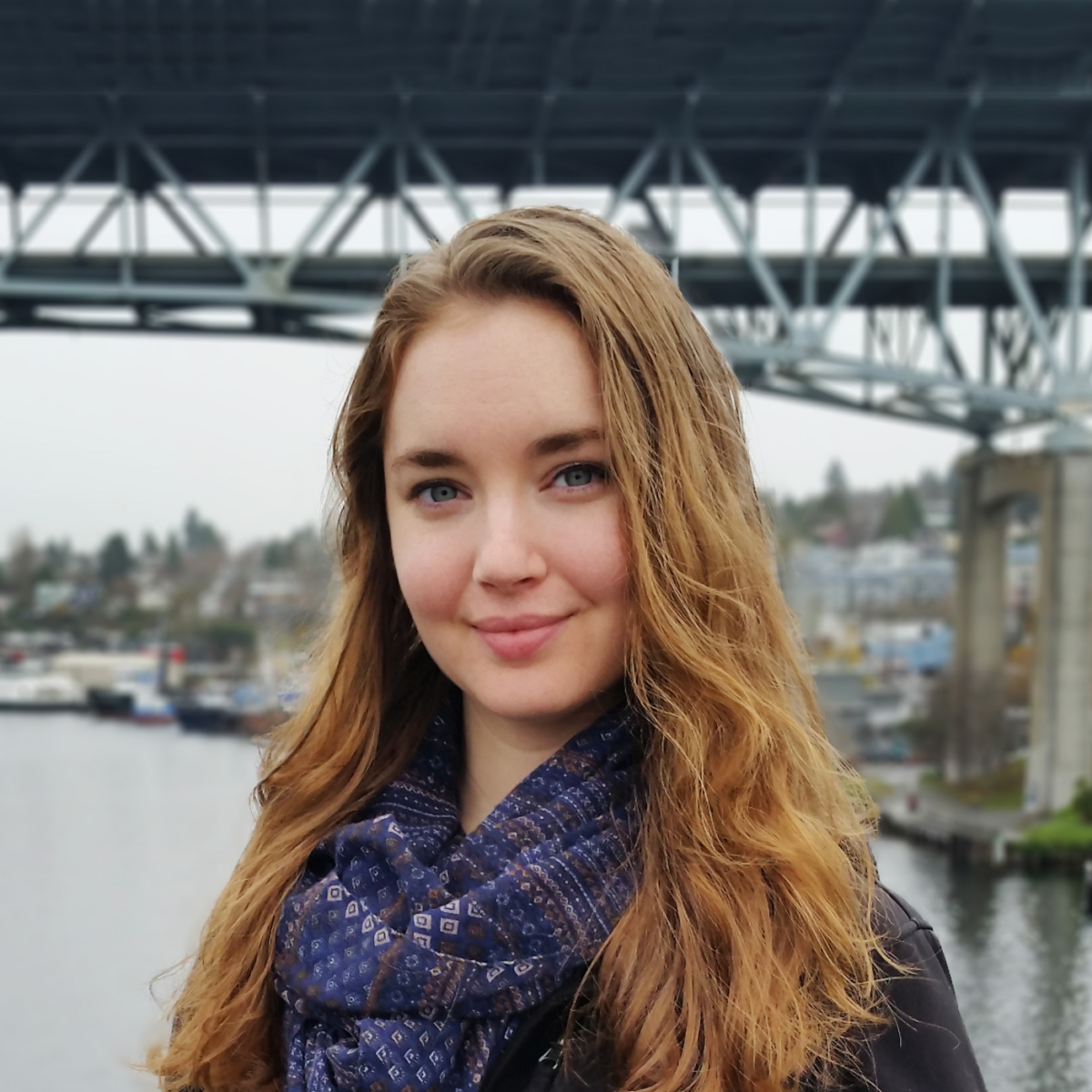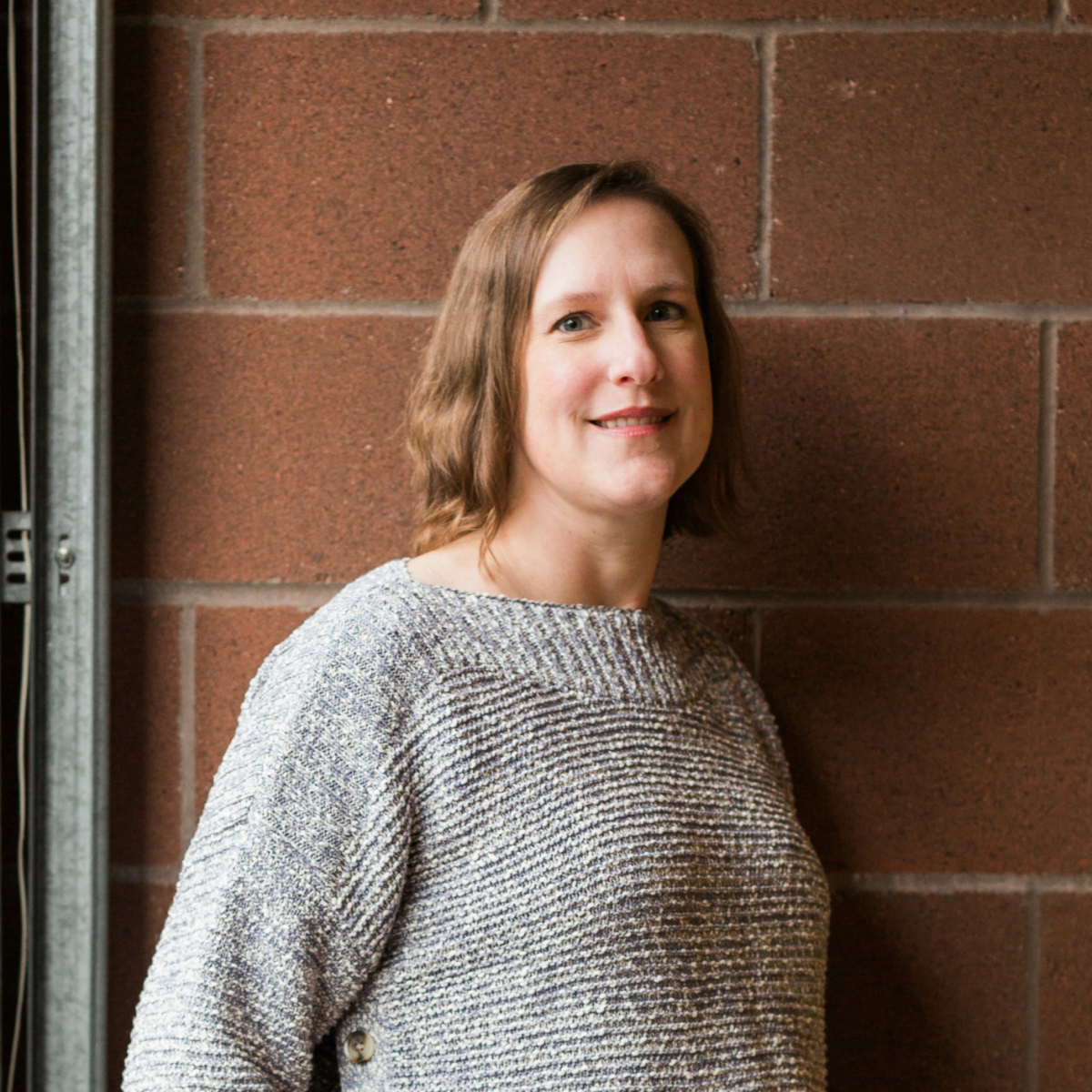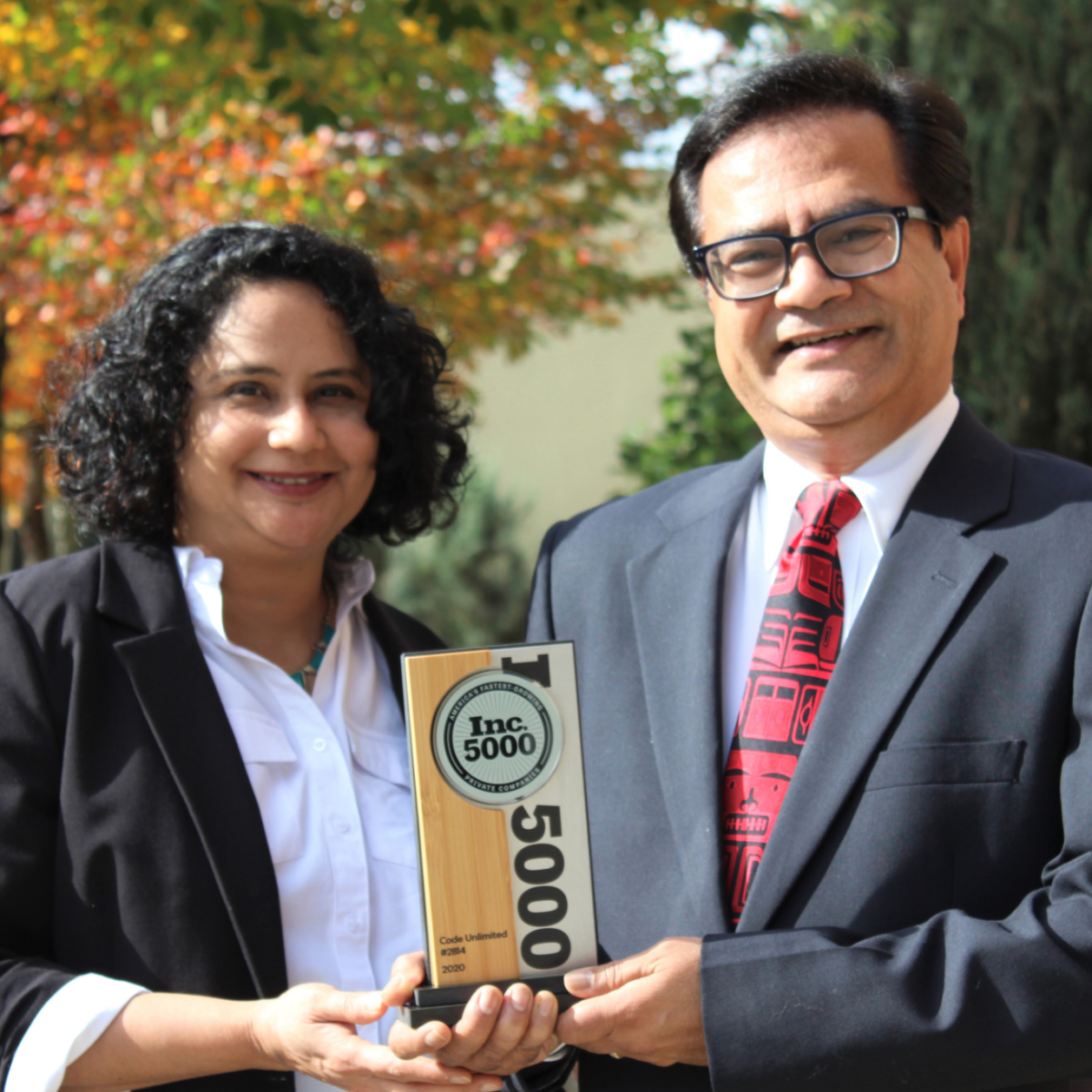The Seattle Office of Planning and Community Development (OPCD) has issued a Draft Environmental Impact Statement (DEIS) that studies three alternatives for zoning changes needed to implement Mandatory Housing Affordability (MHA).
MHA was a key recommendation of the Housing Affordability and Livability Agenda (HALA) Advisory Committee. MHA is designed to ensure that growth brings affordability in Seattle’s urban villages and other commercial and multifamily residential zones by requiring new development to include affordable homes or contribute to a city fund for affordable housing. To put MHA into effect, zoning changes must be approved by the City Council to add development capacity and expand housing choices. MHA has already been implemented in the University District, South Lake Union and downtown neighborhoods.
This DEIS examines the impacts on the rest of the neighborhoods slated for inclusion. The Council is currently considering MHA legislation for the Chinatown-International District and three key intersections along 23rd Avenue in the Central Area. Legislation to implement MHA in Uptown will be considered separately.
The DEIS studies the potential effects of zoning changes that will implement MHA in multifamily and commercial zones in Seattle, areas currently zoned Single Family Residential in existing urban villages, and in urban village expansion areas identified in the Seattle 2035 Comprehensive Plan.
The three alternatives considered in the DEIS include:
- “No Action” that does not implement MHA requirements on new development, but maintains current zoning and building heights as Seattle grows.
- Changing zoning to guide additional housing and job growth to urban villages in a similar pattern as the Seattle 2035 Comprehensive Plan, but without specifically considering displacement risk or access to opportunity.
- Continuing the urban village strategy, but varying zoning changes and development capacity based on each urban village’s relative level of displacement risk and access to opportunity, as identified in the Seattle 2035 Growth and Equity Analysis.
Both action alternatives would generate at least 5,500 new affordable homes from development in the study area over 20 years. The No Action alternative would generate about 200 additional affordable homes in the study area through the city’s existing Incentive Zoning program. The DEIS also identifies environmental impacts and mitigation measures for each alternative.
How you can participate
The City’s Final EIS and a preferred alternative will be developed based on community comments received to date and input on the three alternatives in the DEIS. Written comments concerning the DEIS may be submitted to the City of Seattle by Monday, August 7 through an online form, by email message, or by mail on the DEIS website.
AIA Seattle will submit comments on behalf of the organization. If you would like us to consider your comments as we complete our draft, please email your comments to Manager of Advocacy Kirsten Smith. If you like, you can use this document to organize your comments. Please send your comments to AIA Seattle by Monday, August 1.
AIA Seattle Position on HALA
AIA Seattle endorsed the initial HALA recommendations and supported specific actions linked to HALA’s affordable housing goals, including endorsing last year’s housing levy and advocating for design review changes to incentivize new housing development. AIA Seattle has been taking part in HALA discussions with a goal of refining the proposals as they become legislation. Specifically, AIA Seattle has recommended final legislation that would:
- Demand good design and the planning that supports it to enhance the quality of the city’s urban fabric and public realm.
- Ensure that the HALA recommendations are applied within each neighborhood in a way that recognizes and enhances individual neighborhood character—a one-size-fits-all strategy will not suffice.
- Ensure that concurrency, or the underlying infrastructure and amenities needed to support the city’s quality of life as it grows, keeps pace with development throughout the city. This includes parks and open space, schools, access to transportation alternatives and the like.
- Expand the engagement of citizens (homeowners and renters alike) in neighborhoods throughout the city in an open and democratic dialogue regarding HALA and its potential impacts and opportunities.
- Ensure that a variety of affordable housing types are created such as larger, ground-related units for families with children.




